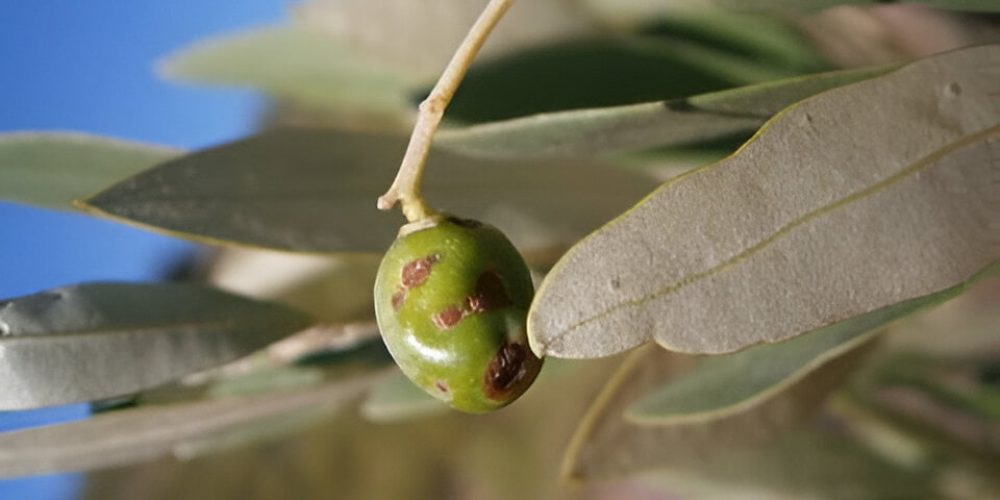Table of contents of the article
ToggleOlive thrips are insects that feed on leaves and buds, causing them to curl and deform. This article from the “WORLD OF PLANTS” website provides advice on how to prevent and control.
Symptoms of olive thrips
- Scientific name : Liothrips oleae
- the family : thysanoptera
- Young and adult olive thrips feed on the leaves and fruits of wild and cultivated olive trees, causing deformities, necrosis, and premature fruit drop.
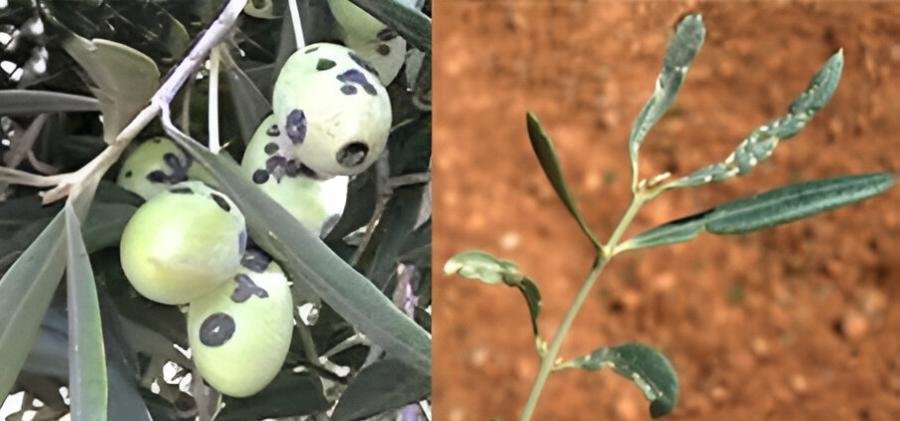
- Description of the insect: Its length is (2.2 cm). The basal antennae are black and the tips are tanned yellow. The ciliary wing gradually appears in the hatched nymphs.
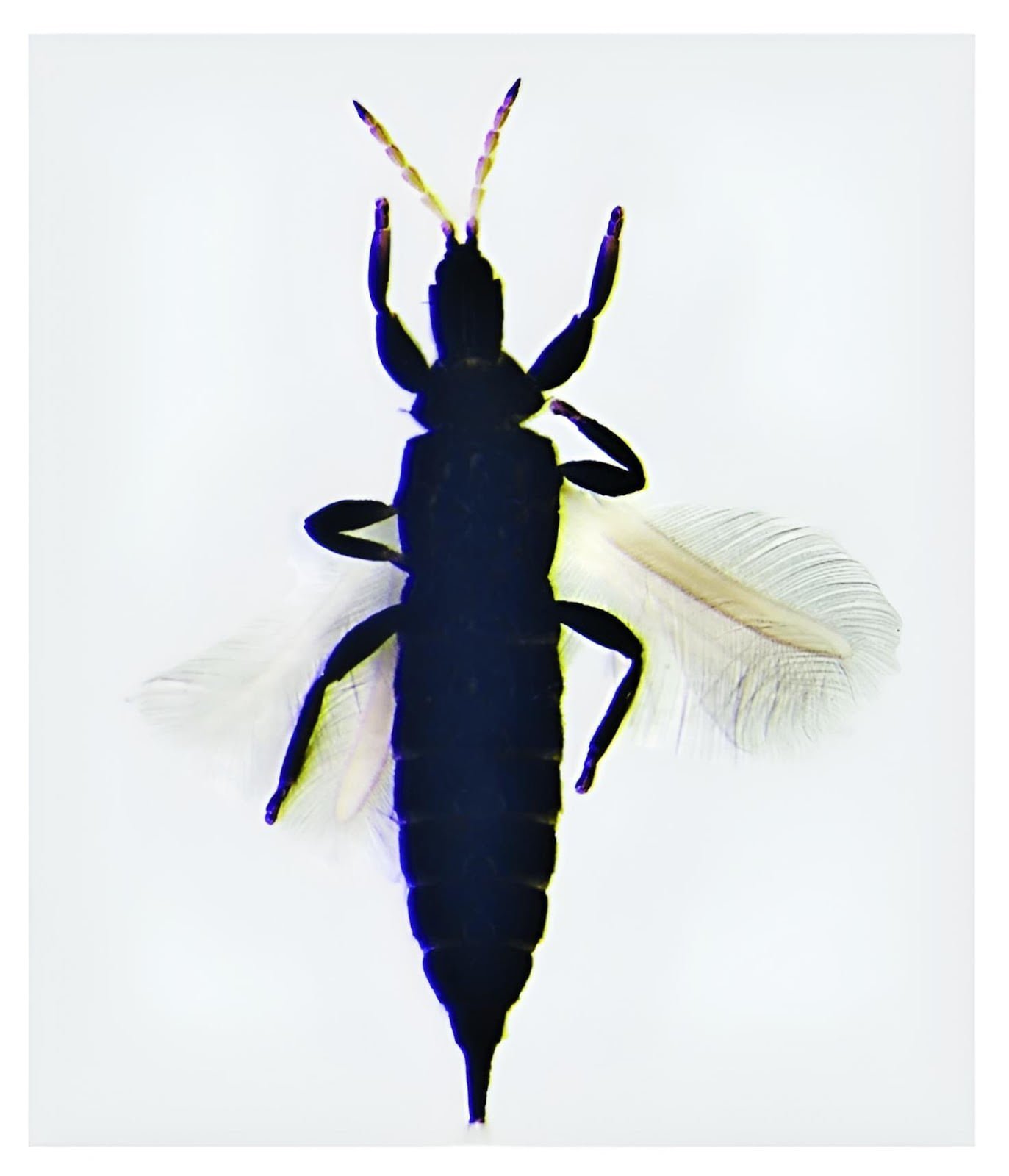
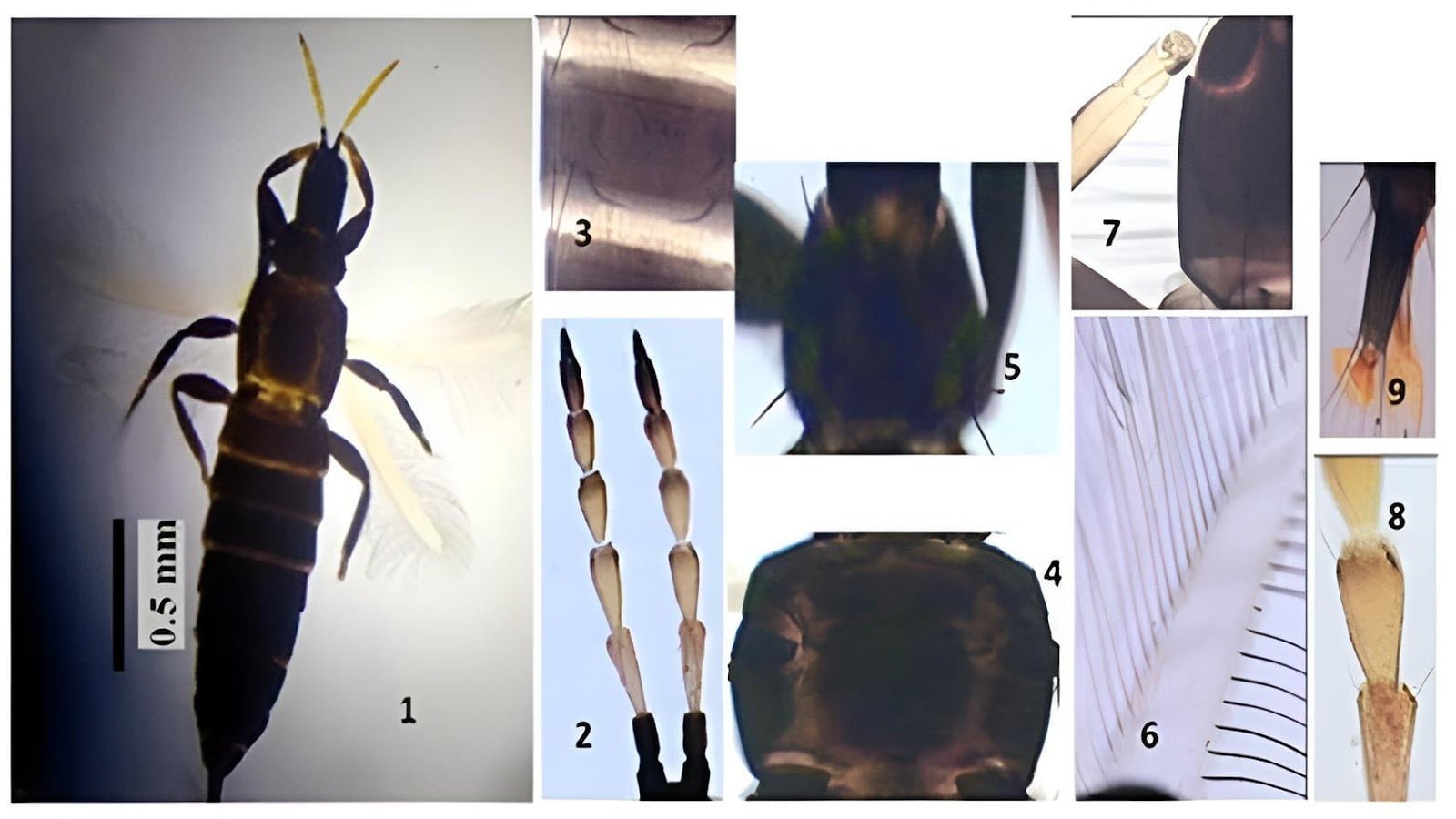
Causes of olive thrips
- It is noted that thrips are found on the olive tree only in the spring (April to May), when the average monthly temperatures range between 10-26 degrees Celsius. However, linear regression analyzes did not confirm that temperature explains the variation in thrips numbers, which may It is due to other climatic factors such as rainfall
- Olive varieties also affect the numbers. Their number was higher in the Segwas variety, especially in the flowering stage in the case of H. tritici and F. occidentalis, while T. tabaci was more prominent in the fruit growth stage. The population of this species was relatively low, until the flowering stage.
Suitable conditions for the spread of olive thrips
- Large groups of plants.
- Climatic conditions.
Olive thrips development cycle
- In the spring, the egg-laying process begins in late March or early April, when the temperature reaches about 15 °C [59 °F], and the eggs are laid mainly in the galleries of Scolytids, although some have been observed under the scales of parasitic coccidia and others. Laying eggs until the second half of July, the maximum number of eggs laid by any female was about 150 eggs. Eggs laid in the first half of April hatch within 20 days, while eggs laid at the end of May hatch in 20 days. About 12 days. Development into the adult stage is completed in about 7 weeks, and the first adults emerge in mid-May.
- When heavy rain falls, young leaves appear on the trees. Thrips spend the intervening period sheltering under leaves, in galleries of Scolytids, or in clusters of small fruits. As for those found on the fruits, they remained somewhat active.
- The absence of true summer cumin was confirmed by a test conducted in August, in which thrips were placed on an olive branch standing in water and reproduced naturally, completing the life cycle in 26 days.
Losses from the spread of olive thrips
- By damage to leaves and secondly to damage to pits, of which thrips pest has a marginal effect on olive production
- When their numbers are too high, the olive tree reduces its vigor. As a result, the vegetative growth of shoots and olives decreases
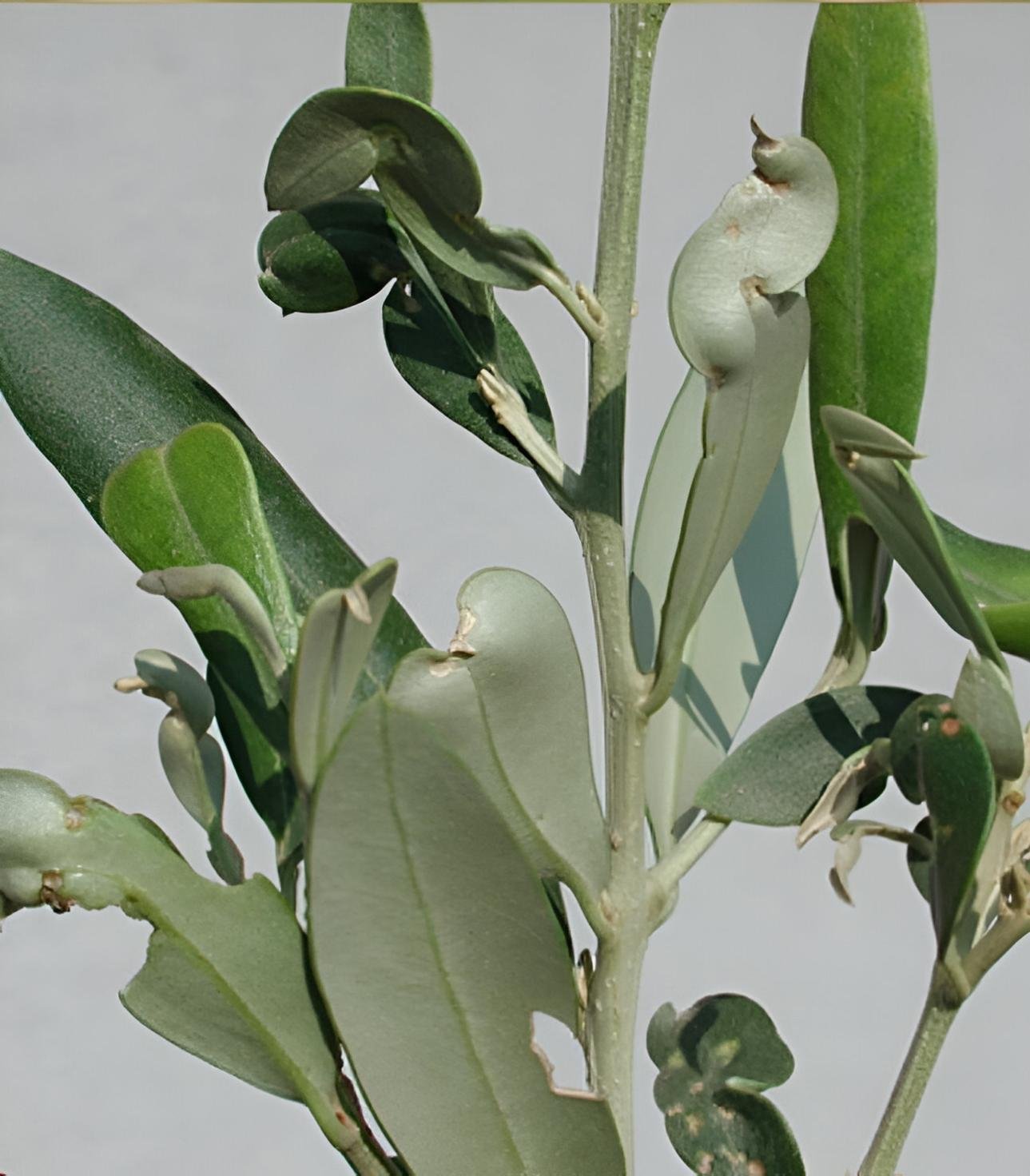
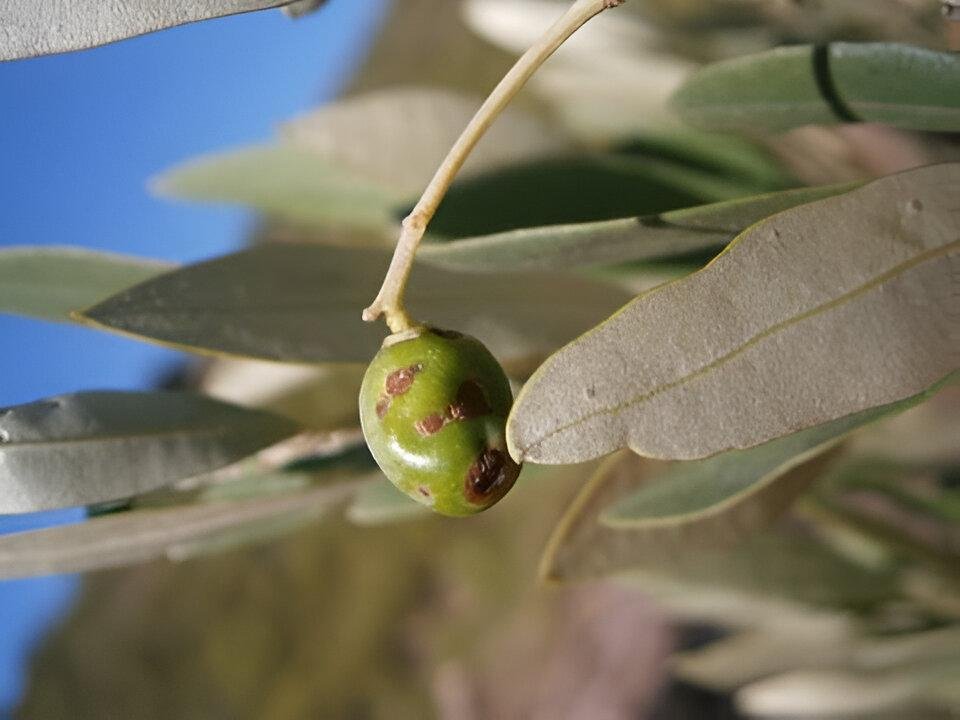
Olive thrips control strategy
Preventive measures to prevent the occurrence of olive thrips
- Surveillance and prediction of injuries
- Harsh winters (with very low temperatures) can kill most of these insects
- Pruning
Chemical and organic control recommendations for olive thrips
- Modern biological pesticides are currently used, such as Bacillus Thuringiensis Aizawai and Bacillus Thuringiensis Kurstaki
- Insecticide treatments such as dimethoate
In conclusion, we would like to note that we, at the world of plants website, offer you all the necessary services in the world of plants, we provide all farmers and those interested in plants with three main services::-
- Artificial intelligence consulting service to help you identify diseases that affect plants and how to deal with them.
- Blog about plants, plant diseases and care of various crops ... You are currently browsing one of her articles right now.
- An application that provides agricultural consultations to clients, as well as a service for imaging diseases and knowing their treatment for free – Click to download the Android version from Google Play Store، Click to download the IOS version from the Apple App Store.
References
- Vono, Gregorio, et al. “Olive production threatened by a resurgent pest Liothrips oleae (Costa, 1857)(Thysanoptera: Phlaeothripidae) in Southern Italy.” Insects 11.12 (2020): 887
- Tominic, A. (1950). Observations on the Biology and Control of the Olive Thrips, L. oleae. Observations on the Biology and Control of the Olive Thrips, L. oleae., (2).
- KUMRAL, NA; SUSURLUK, HİLAL; ÇOBANOĞLU, S. Interactions among populations of predatory mites and insect and mite pests on olive trees in Turkey. International Journal of Acarology, 2010, 36.6: 463-471.
- MAHMOUDI, RANDA; LAAMARI, Malik; GOLDARAZENA, Arturo. Assessment of Thrips Diversity Associated with Two Olive Varieties (Chemlal & Sigoise), in Northeast Algeria. Horticulturae, 2023, 9.1: 107
- Liothrips oleae Costa – excelentesprecios
- Assessment of Thrips Diversity Associated with Two Olive Varieties (Chemlal & Sigoise), in Northeast Algeria – mdp
- Interactions among populations of predatory mites and insect and mite pests on olive trees in Turkey – tandfonline
- Observations on the Biology – cabi digital library
- Olive Production Threatened by a Resurgent Pest Liothrips oleae (Costa, 1857) (Thysanoptera: Phlaeothripidae) in Southern Italy – mdpi




